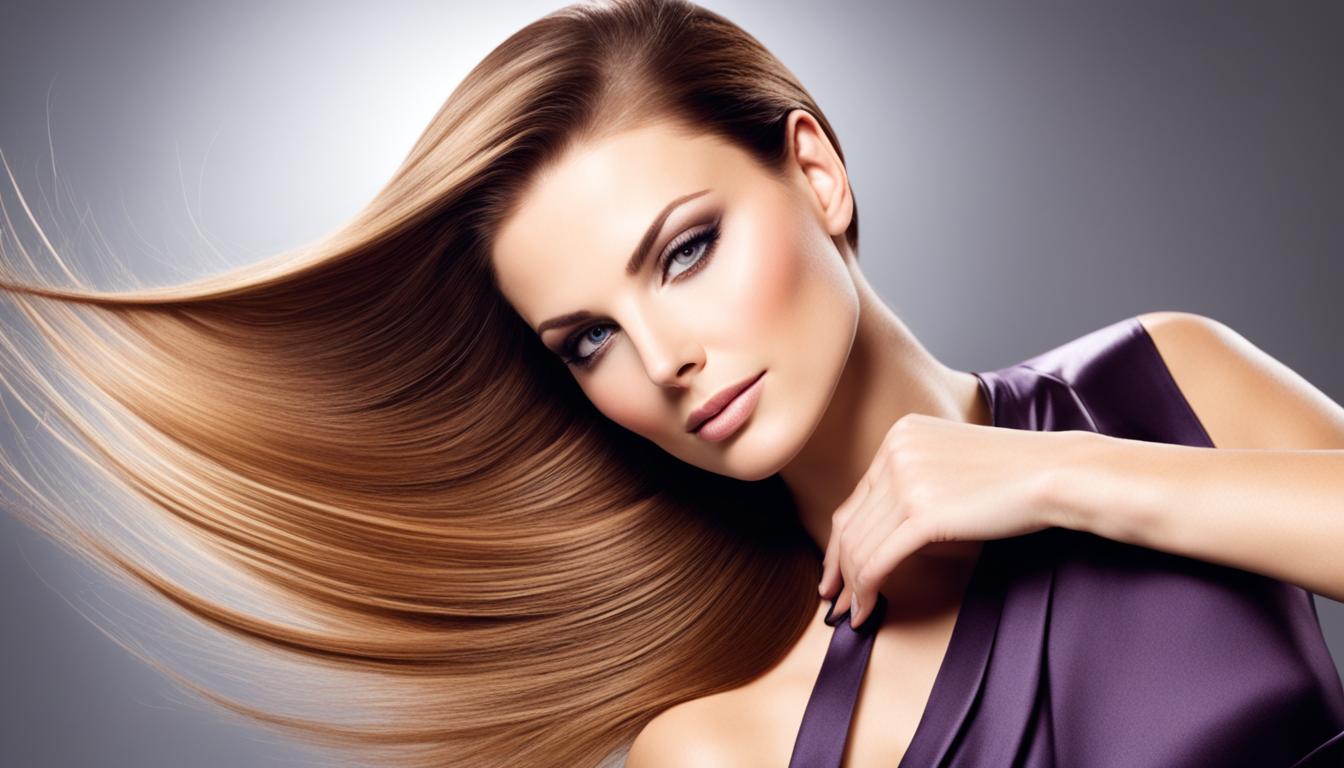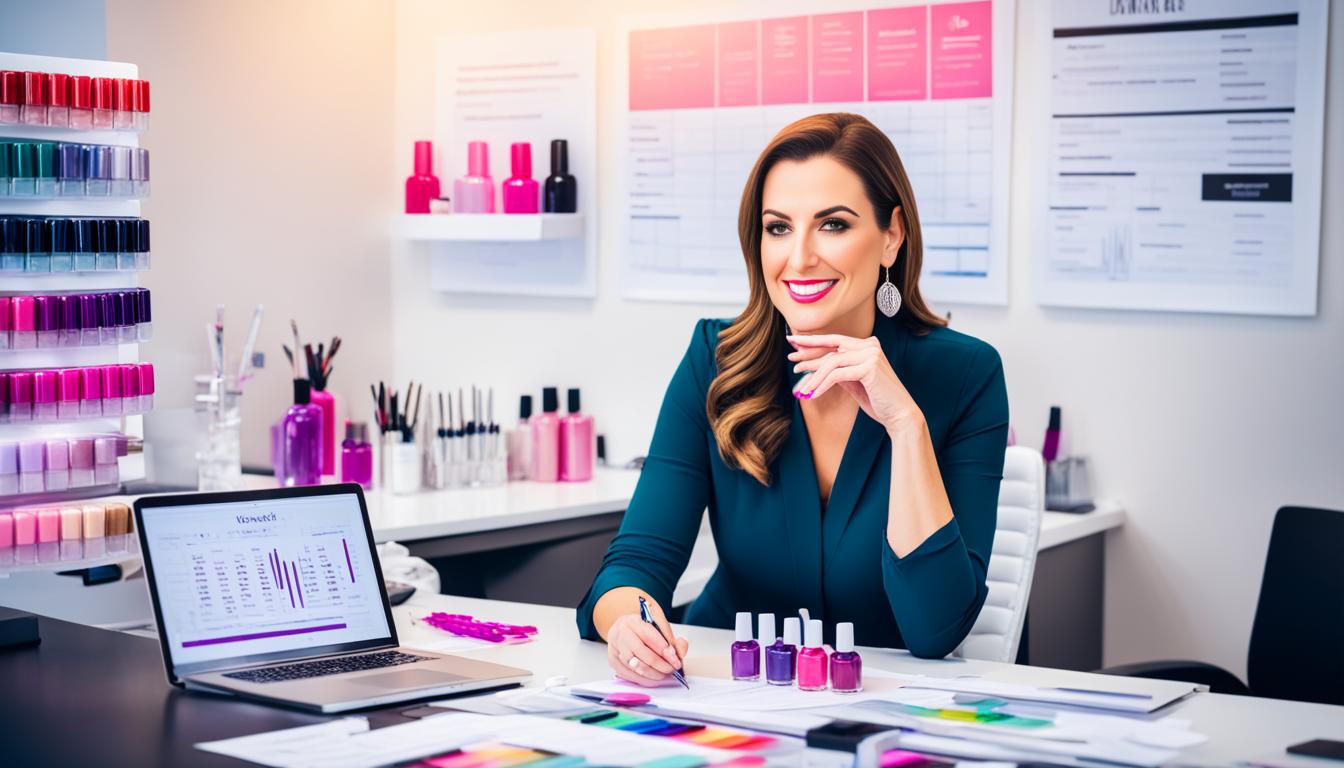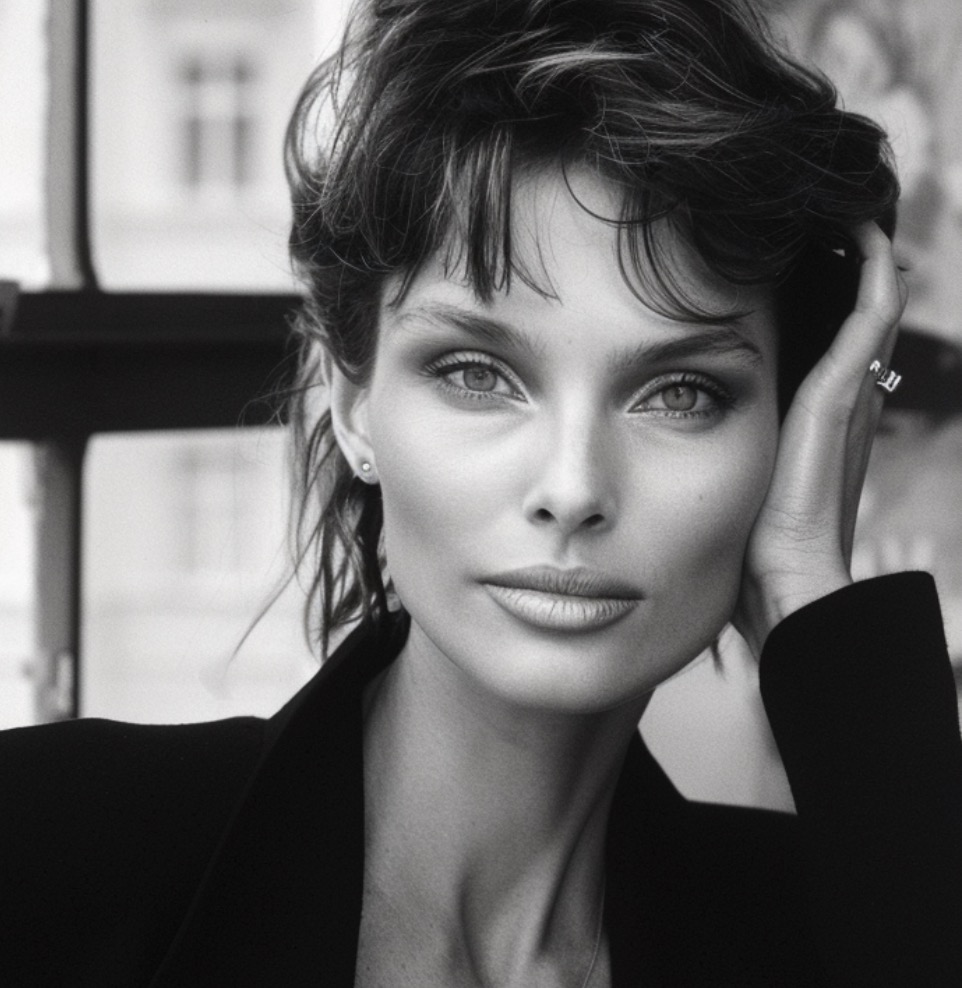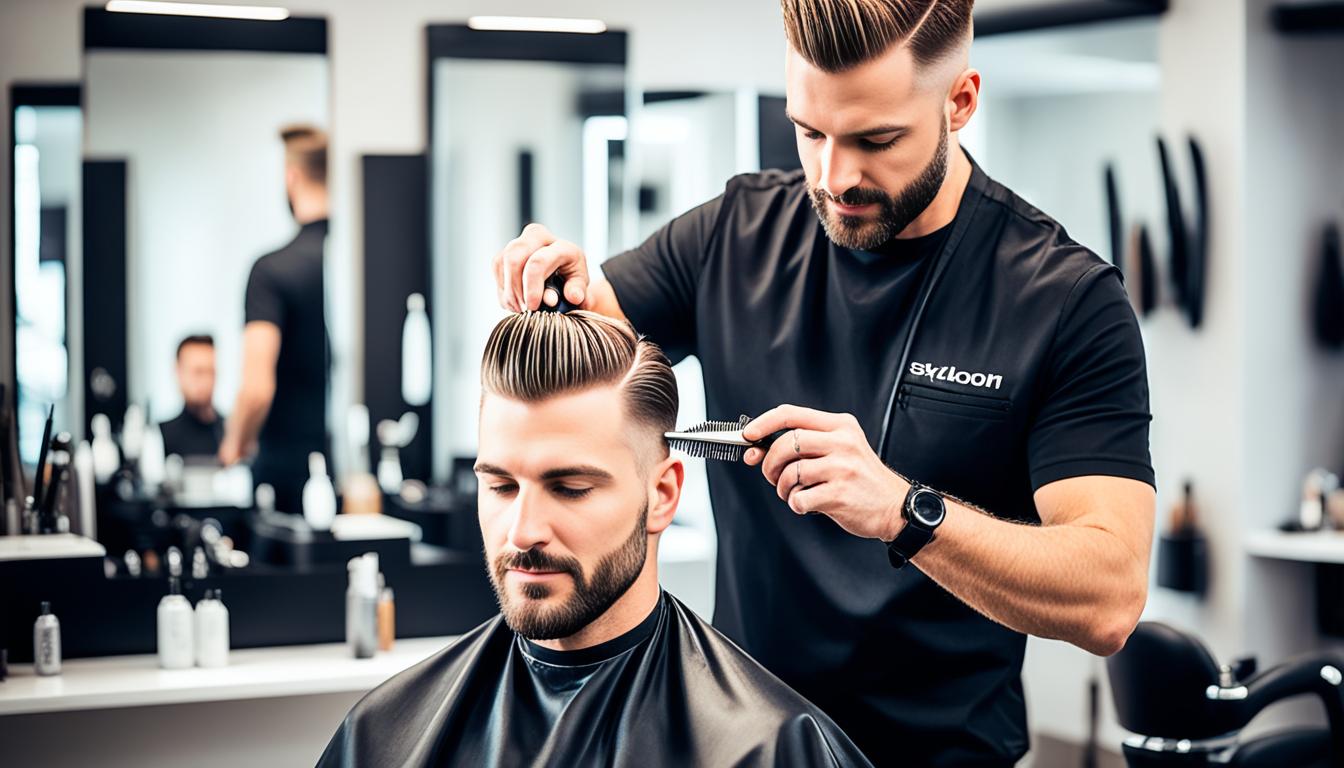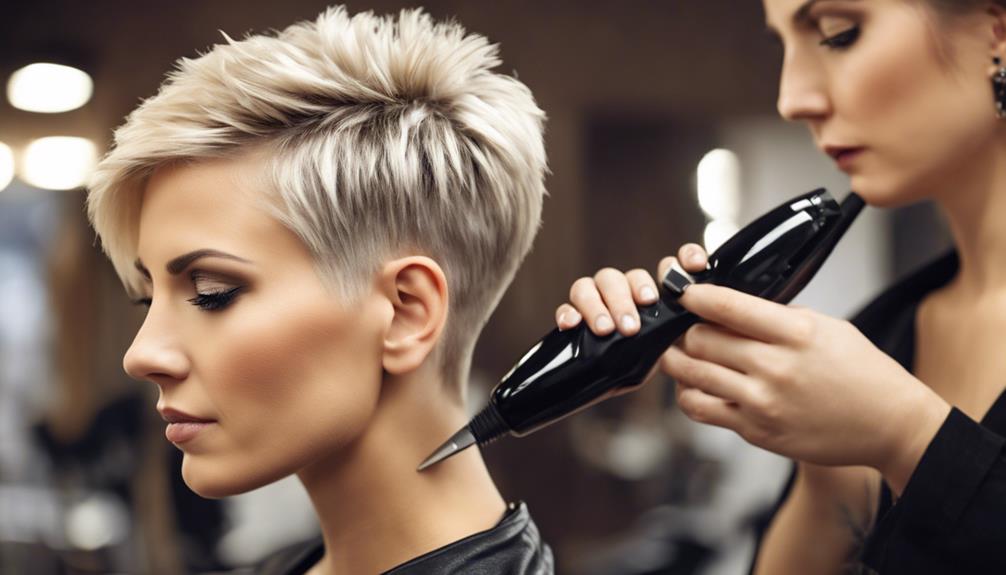Did you know that over 55% of women worldwide regularly engage in different types of hair treatments?
Whether it’s to achieve sleek, straight strands or to tame unruly curls, hair treatments have become a popular choice for those looking to transform their locks. Two common hair straightening treatments, rebonding and relaxing, offer different results and cater to various hair types and preferences. Understanding the differences between these treatments is key to making the right choice for your hair.
Key Takeaways:
- Rebonding and relaxing are two popular hair straightening treatments.
- Rebonding involves breaking down the protein in the hair to achieve super straight hair.
- Relaxing is a technique used to reduce the curliness of the hair.
- Hair rebonding provides permanent straightening, while hair relaxing offers a more relaxed texture.
- The choice between the two treatments depends on personal preference, desired results, and hair type.
What is Hair Rebonding?
Hair rebonding, also known as Japanese thermal reconditioning or Japanese hair straightening, is a popular treatment that originated in Japan. This technique involves the application of a potent solution that breaks down the protein in the hair, resulting in super straight hair. It is particularly sought after by individuals with curly or wavy hair who desire a permanent straightening effect.
The process of hair rebonding is highly effective in transforming hair texture and achieving straight locks. By altering the internal structure of the hair, the treatment delivers long-lasting results, allowing individuals to enjoy sleek, straight hair without daily styling efforts.
How does Hair Rebonding Work?
- The hair is first thoroughly cleansed to remove any buildup and prepare it for the treatment process.
- A rebonding solution, often containing chemicals such as sodium hydroxide or ammonium thioglycolate, is applied to the hair.
- This solution breaks down the protein structure of the hair, allowing it to be reshaped into a straight form.
- The hair is then straightened using a hot flat iron to lock in the straightened shape.
- To ensure the new straightened hair structure sets properly, a neutralizing treatment is applied to close the hair cuticles and maintain the desired straightness.
With the completion of the rebonding process, individuals can enjoy smooth and sleek hair that is resistant to frizz and humidity. It offers a low-maintenance solution for those seeking a permanently straightened hairstyle.
| Benefits of Hair Rebonding | Considerations for Hair Rebonding |
|---|---|
|
|
What is Hair Relaxing?
Hair relaxing is a technique used to reduce the curliness of the hair, rather than completely straightening it. This treatment is suitable for those with curly hair who want to achieve a slightly wavy texture, or for those with slightly wavy hair who want to achieve straighter strands. It does not provide the same level of straightness as rebonding.
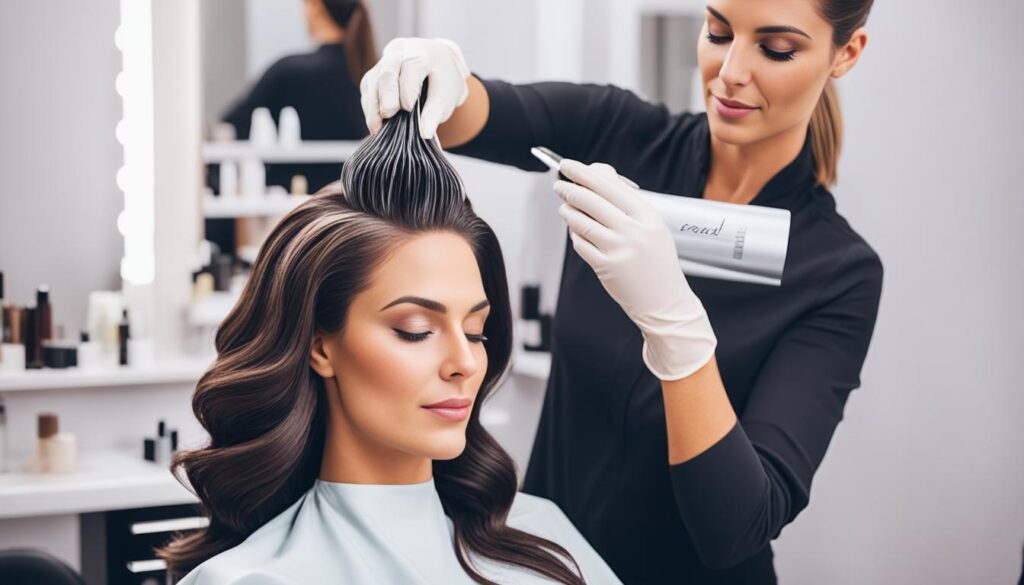
By applying a hair relaxer, which typically contains sodium hydroxide, the curl bonds in the hair are partially loosened, resulting in a more relaxed texture. Unlike hair rebonding, which creates super straight hair, hair relaxing offers a more manageable and versatile style while still retaining some natural movement.
With hair relaxing, individuals with curly hair can achieve a more manageable texture with a slight wave, while those with slightly wavy hair can enjoy straighter strands without the use of heat styling tools on a daily basis.
How is Hair Rebonding Done?
When it comes to achieving super straight hair, the hair rebonding process is a popular choice. This technique involves a series of steps that work together to transform your locks into sleek, straight strands.
The first step in the hair rebonding process is to start with clean hair. This ensures that the rebonding treatment can effectively penetrate the hair shaft and achieve the desired results. Once the hair is clean, a special treatment is applied, which usually contains sodium hydroxide, ammonium thioglycolate, and guanidine hydroxide.
These ingredients play a crucial role in breaking down the protein structure of the hair. Sodium hydroxide acts as a relaxer, softening the disulfide bonds in the hair, while ammonium thioglycolate helps to reshape the hair bonds. Finally, guanidine hydroxide aids in straightening the hair strands.
Once the treatment is applied, the hair is straightened using a hot flat iron. This step helps to seal the straightened bonds and create a smooth, sleek appearance. The intense heat from the flat iron helps to reshape the hair strands and lock in the straightening effect.
After the straightening process, a neutralizing treatment is applied. This step is crucial as it helps to restore the hair’s pH balance and stabilize the newly straightened bonds. The neutralizing treatment ensures that the hair remains in its straightened state, allowing the effects of the rebonding process to last longer.
Overall, the hair rebonding process is a complex method that requires careful application and precision. It is essential to have this treatment done by a professional hair stylist who is experienced in rebonding techniques to ensure optimal results.
If you’d like to see a visual representation of the hair rebonding process, take a look at the diagram below:
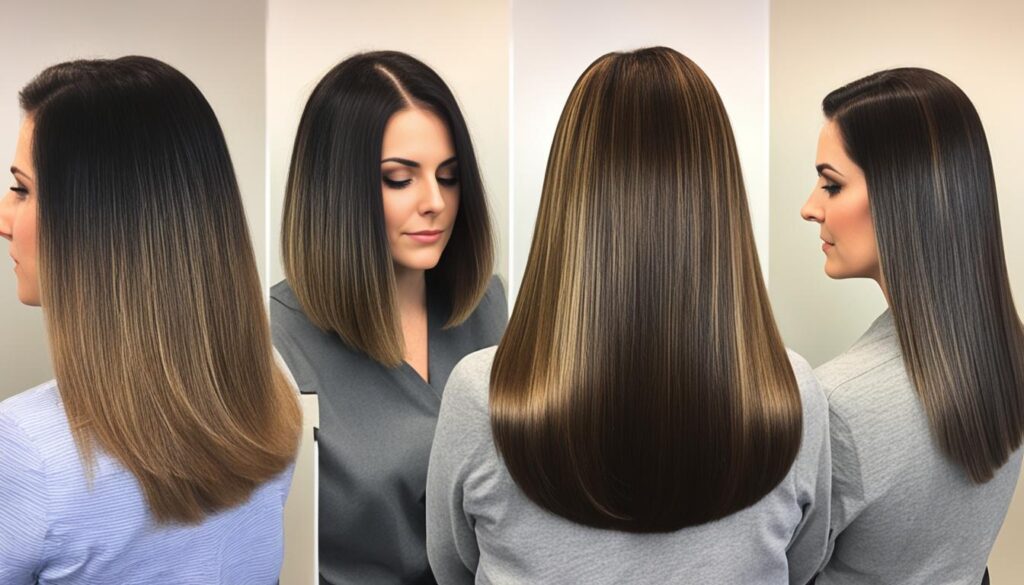
How is Hair Relaxing Done?
Hair relaxing is a popular technique used to achieve a more relaxed texture and reduce curliness. This process involves the application of a hair relaxer, which is a chemical that contains sodium hydroxide. The sodium hydroxide in the relaxer reacts with the protein in the hair, partially loosening the curl bonds. This results in a more manageable and less curly hair texture.
During the hair relaxing process, the hair is washed and conditioned to prepare it for the relaxer application. The relaxer is then applied to the hair, starting from the roots and working towards the ends. It is important to evenly distribute the relaxer to ensure consistent results.
The relaxer is typically left on the hair for a specific amount of time, as determined by the stylist or the product instructions. This allows the relaxer to effectively break down the protein structure and loosen the curl bonds. It’s important to follow the recommended time to avoid overprocessing the hair, which can lead to damage.
After the specified time, the hair is thoroughly rinsed to remove the relaxer. This step is crucial to prevent any further chemical processing and to ensure the hair is cleansed of any residual product. It’s essential to rinse the hair thoroughly to maintain its health and integrity.
Once the hair is rinsed, a neutralizing treatment is applied to the hair. This neutralizer helps to rebalance the pH of the hair and restore its natural acidity. The neutralizer also helps to set the hair in its new, relaxed state, ensuring the desired results are achieved and maintained.
After the neutralizing treatment, the hair is washed and conditioned again to maintain its moisture and nourishment. It’s important to use products specifically formulated for chemically treated hair to keep it healthy and vibrant.
Benefits of Hair Relaxing
– Reduces curliness and frizz for a more manageable hair texture
– Provides versatility in styling and allows for different hair looks
– Can make hair easier to comb through and style
– May help to save time on daily hair routines, especially for individuals with naturally curly or tightly coiled hair
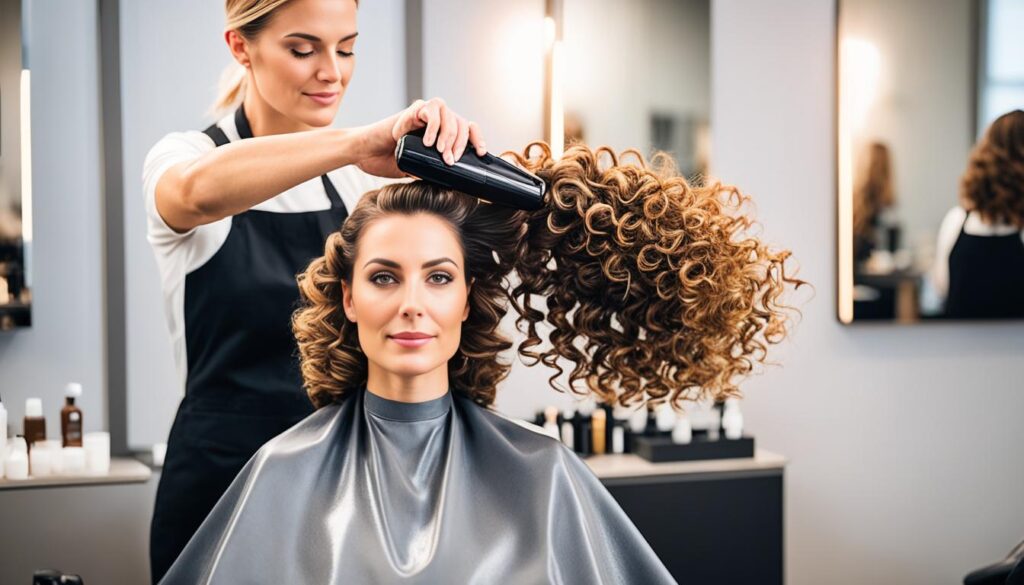
| Pros | Cons |
|---|---|
| – Offers a more relaxed hair texture without completely straightening the hair | – Requires proper application and expertise to prevent hair damage |
| – Can be more gentle on the hair compared to other straightening treatments | – Results may not be as long-lasting as with hair rebonding |
| – Allows for styling versatility and the ability to switch between straight and curly styles | – Requires maintenance and touch-ups as the hair regrows |
Cost Comparison
When considering hair straightening treatments, cost is often an important factor to consider. The cost of hair rebonding treatment is generally higher than that of hair relaxing. However, the exact price of each treatment can vary based on factors such as hair length and density.
While hair rebonding may be more expensive upfront, it is a long-lasting treatment that typically lasts for around 6 months. On the other hand, hair relaxing treatments usually last for 2-3 months. Both treatments may require touch-ups as new hair growth occurs.
To provide a clearer comparison, below is a breakdown of the average cost range for each treatment:
| Treatment | Average Cost |
|---|---|
| Hair Rebonding | $200 – $500 |
| Hair Relaxing | $100 – $300 |
Please note that these costs are estimated averages and can vary depending on various factors, such as the salon’s location and reputation, as well as the expertise of the stylist administering the treatment.
Before making a decision, it’s important to consider not only the initial cost but also the long-term maintenance and potential touch-up expenses. Additionally, keep in mind that different hair types and desired outcomes may require different levels of treatment, which can impact the overall cost.
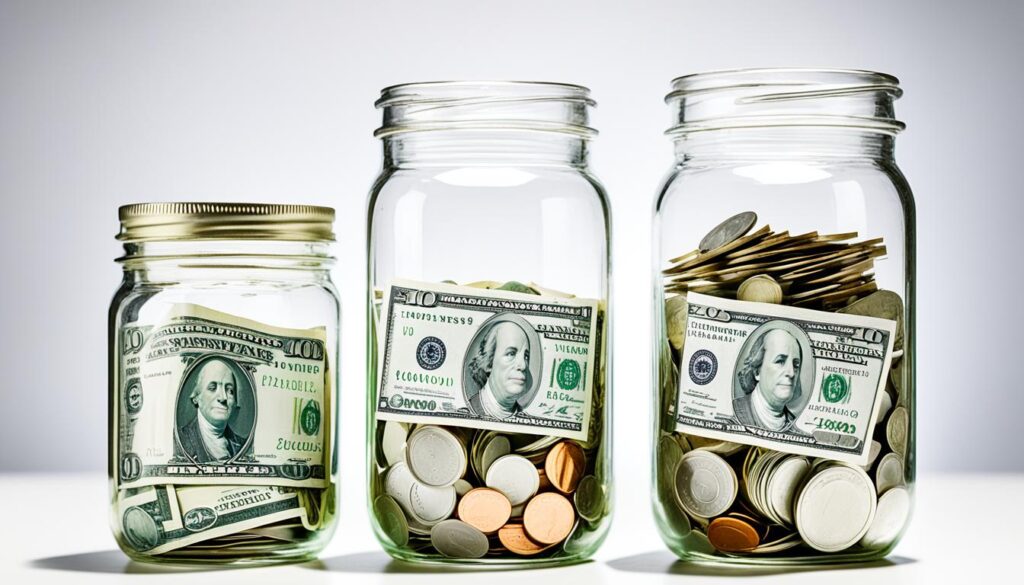
Ultimately, the choice between hair rebonding and hair relaxing should be based on personal preferences, desired results, long-term maintenance, and budget considerations. Consultation with a professional hair stylist is recommended to assess your hair type, discuss the expected results, and determine which treatment is best suited for you.
Maintenance and Care
After undergoing hair rebonding or hair relaxing treatment, it’s important to follow a proper maintenance routine to keep your hair healthy and maintain the desired results. While both treatments require minimal maintenance, there are key differences in the care they require.
Maintenance for Hair Rebonding
After getting your hair rebonded, it’s crucial to invest in damage-restoring products to help restore and maintain the health of your hair. The rebonding process can leave the hair feeling dry and brittle, so it’s important to provide it with the necessary nourishment and hydration. Look for shampoos, conditioners, and serums specifically formulated for damaged hair.
Here are some tips for maintaining your rebonded hair:
- Use a wide-toothed comb or brush to prevent hair breakage.
- Avoid tying your hair tightly or using elastic bands that can cause tension and lead to breakage.
- Minimize heat styling and limit the use of heat tools such as flat irons and curling irons.
- Avoid excessive exposure to sunlight or chlorinated water as it can cause further damage to the hair.
- Regularly trim your hair to get rid of split ends and maintain a healthy appearance.
By following these maintenance tips and using damage-restoring products, you can help prolong the effects of your hair rebonding treatment and keep your hair looking its best.
Maintenance for Hair Relaxing
Unlike hair rebonding, hair relaxing offers more flexibility in terms of maintenance and styling. After the initial 48-72 hour period, you can style, color, and manipulate your hair as desired. However, it’s still important to take certain precautions to maintain the relaxed texture.
Here are some tips for maintaining your relaxed hair:
- Use sulfate-free shampoos and conditioners to avoid stripping the hair of its natural oils.
- Moisturize your hair regularly with leave-in conditioners or hair oils to prevent dryness.
- Avoid excessive heat styling and use heat protectant sprays when using heat tools.
- Protect your hair from harsh environmental factors, such as extreme heat or cold, to prevent damage.
- Schedule regular touch-ups to maintain a cohesive texture as new hair growth occurs.
By following these maintenance tips and using the right products, you can preserve the relaxed texture of your hair and keep it healthy and manageable.
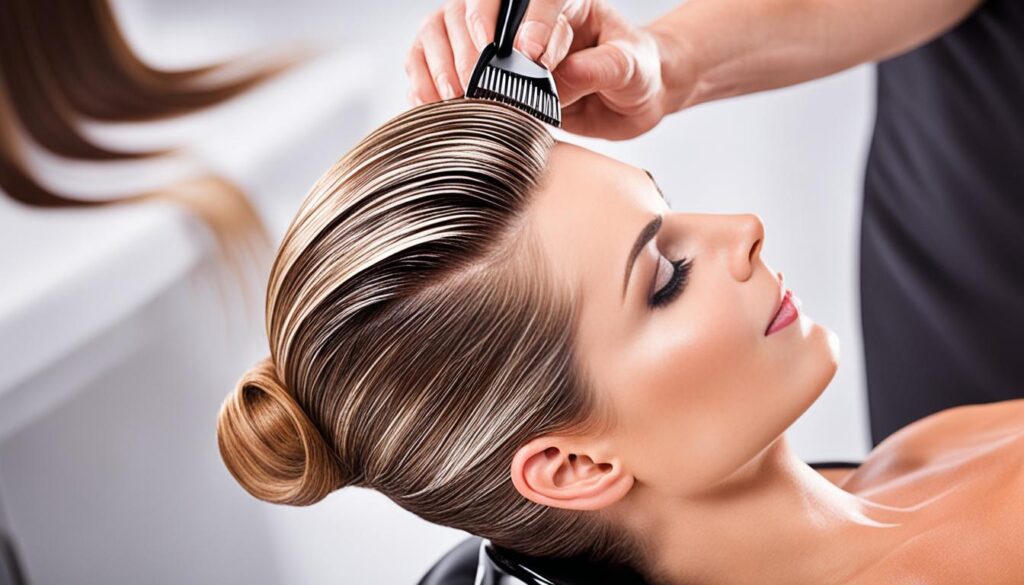
Side-Effects of Hair Straightening Treatments
When it comes to hair straightening treatments, it’s important to be aware of the potential side-effects they can have on your hair. While both hair rebonding and hair relaxing can give you the sleek, straight look you desire, they may also come with some drawbacks. Let’s take a closer look at the side-effects of each treatment.
Hair Rebonding Side-Effects
Hair rebonding is known for its dramatic straightening effect, but it can also be one of the most damaging hair treatments. The chemicals used in the rebonding process can leave your hair feeling shriveled and brittle. Additionally, the harmful effects of rebonding can be exacerbated if you use hair dyes or bleach within the first 1-2 months after the treatment. It’s essential to give your hair time to recover and heal before exposing it to further chemical treatments.
Hair Relaxing Side-Effects
Compared to hair rebonding, hair relaxing is generally less damaging. However, it can still have some side-effects, especially if done frequently or with harsh chemicals. One common issue with hair relaxing is dryness. The chemicals used in the process can strip the hair of its natural moisture, making it more prone to dryness and frizz. To counteract this, it’s important to use moisturizing hair care products and deep conditioning treatments to keep your hair hydrated and nourished.
These side-effects of hair straightening treatments can be managed with proper care and maintenance. Regular trims, deep conditioning treatments, and using heat protectant products can help minimize damage and keep your hair looking healthy and beautiful. Additionally, it’s crucial to consult with a professional hairstylist who can assess the condition of your hair and recommend the best treatment options for you.
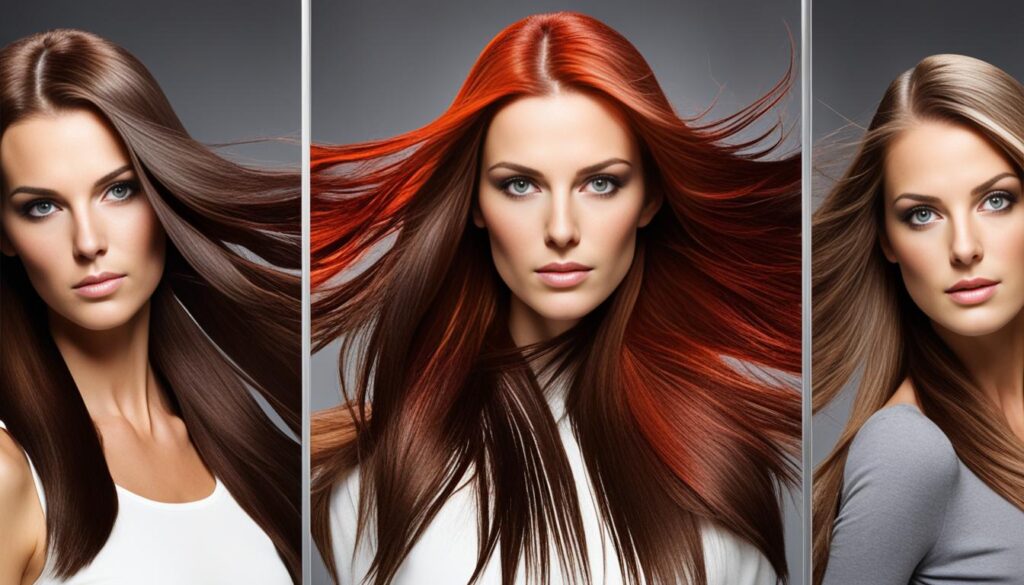
In the next section, we will compare the cost of hair rebonding and hair relaxing treatments, giving you a better understanding of the financial aspects of these procedures. Stay tuned!
Which Treatment is Better?
The choice between hair rebonding and hair relaxing ultimately comes down to personal preference and desired results. Each treatment offers its own benefits and considerations, so it’s important to weigh them against your specific hair type and styling goals.
Hair rebonding is known for providing permanent straightening results. This treatment breaks down the protein in the hair to achieve a sleek, straight appearance that lasts for several months. If you prefer a completely straight hair look and are willing to embrace the commitment and cost of a long-lasting treatment, hair rebonding may be the better choice for you.
On the other hand, if you’re looking for a more manageable texture without fully straightening your hair, hair relaxing might be the preferred option. Hair relaxing reduces the curliness of the hair, allowing for a more relaxed and smoother appearance. While the effects of hair relaxing aren’t as long-lasting as rebonding, they still provide a noticeable transformation that lasts for a couple of months.
Those concerned about hair damage may lean towards hair relaxing. While both treatments involve chemical processes, rebonding is generally considered more damaging due to the protein breakdown. Hair relaxing, although still requiring caution, typically carries less risk of severe damage.
Ultimately, making an informed decision about which treatment is better for you depends on understanding your hair type, desired outcome, and willingness to maintain the results. Consulting with a professional hair stylist can provide valuable insights and guidance tailored to your specific needs.
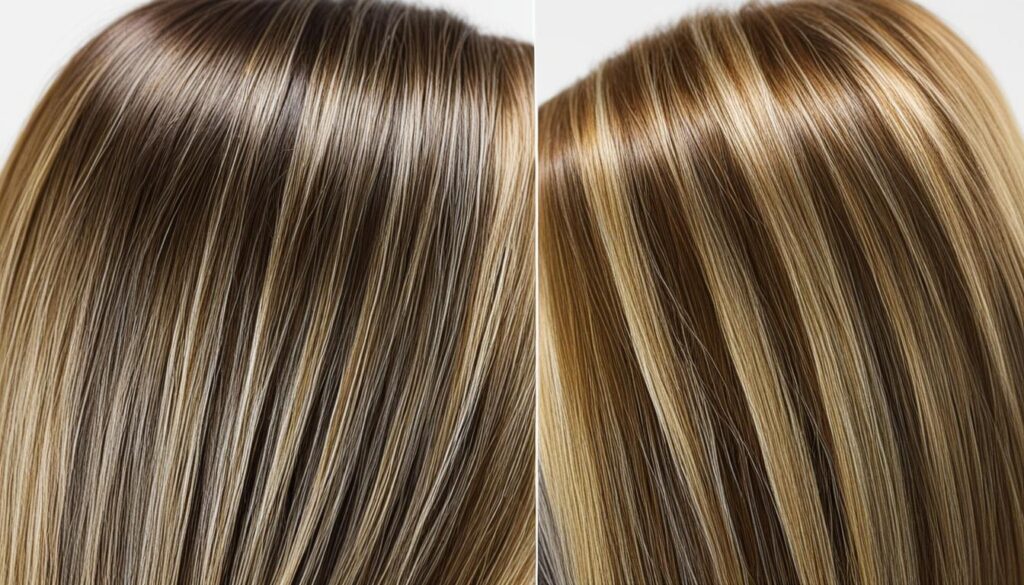
Hair Treatment Comparison
| Treatment | Permanent Straightening | Manageable Texture | Longevity | Damage Potential |
|---|---|---|---|---|
| Hair Rebonding | ✔️ | ❌ | 6 months | High |
| Hair Relaxing | ❌ | ✔️ | 2-3 months | Moderate |
Conclusion
After exploring the differences between hair rebonding and hair relaxing, it is clear that these treatments offer distinct results. Rebonding provides permanent straightening, while relaxing offers a more relaxed texture without completely straightening the hair.
The choice between rebonding and relaxing ultimately depends on individual preferences and hair type. Consider factors such as maintenance, cost, and potential side effects before making a decision. It is highly recommended to consult with a professional hair stylist who can assess your hair and provide personalized recommendations.
Both rebonding and relaxing have their pros and cons, and it’s important to make an informed decision based on your desired outcome and hair goals. Remember, regular maintenance and care are essential to keep your hair healthy and maintain the desired results of the treatment you choose.
